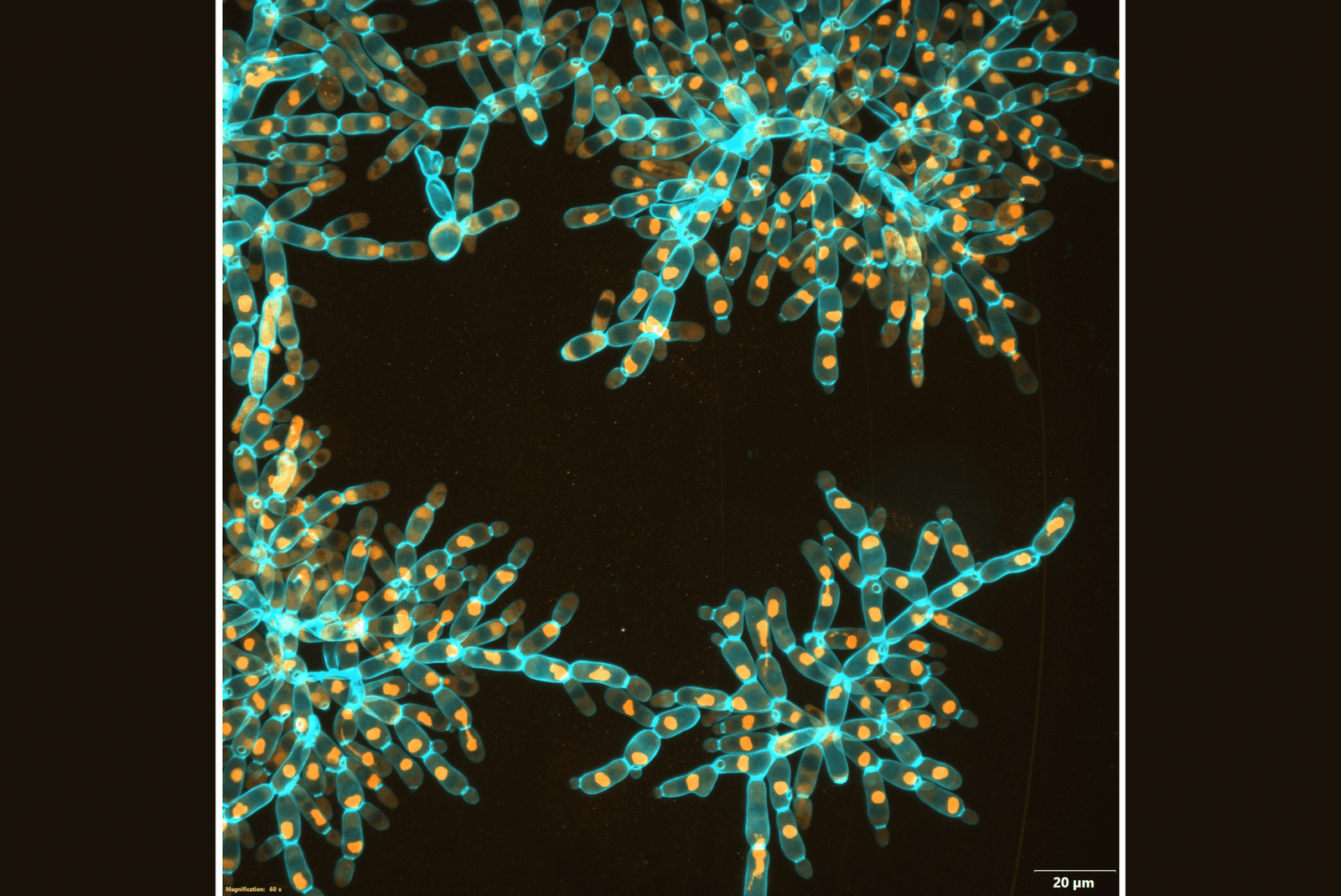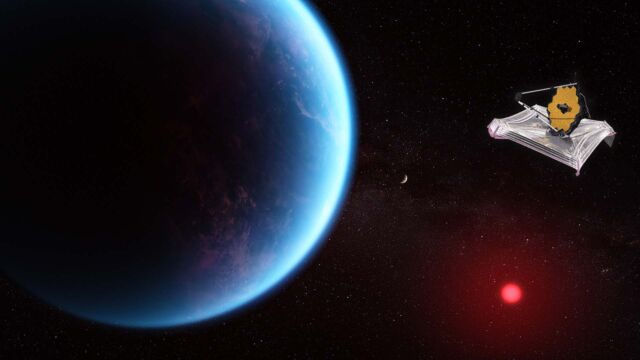As evidence suggests that macroscopic and multicellular begins aroused from single cells as good as it sounds we have little to no knowledge of how it happened.
How those cells became capable of cell division and sustained evolution as multicellular cells.
An ongoing study by Researchers from Georgia Institute of Technology is investigating “multicellularity” with a prolonged evolution experiment[1].
The experiment is known as the Multicellularity Long-Term Evolution Experiment (MuLTEE), and researchers hope to keep it running for decades.
Scientists are studying a mutated version of Brewer’s Yeast (Saccharomyces cerevisiae) in which the clusters remain attached to each other (Snowflake Yeast).
They chose this yeast as it is one of the largest and fastest-growing yeast clusters.
They cultivated this yeast for 5 populations, generation by generation, and cultivated an organism containing over half a million clonal cells, growing 20000 times more than the original ancestor.
Because of the historical significance of oxygen limitation, they continued the experiment including three metabolic treatments: anaerobic, obligately aerobic, and mixotrophic yeast.
After 600 rounds of selection, the organism evolved to be macroscopic.
This occurred as a result of biophysical adaptation—the evolution of progressively elongated cells, which first reduced the tension of cellular packing and then promoted branch entanglements, allowing groups of cells to remain connected even after many cellular ties fractured.
Snowflake yeast, on the other hand, remained minuscule, developing to be only around sixfold larger, highlighting the important role of oxygen levels in the evolution of multicellular size.
Individual yeast populations have already evolved from substances “weaker than gelatin” to those “with the strength and rigidity of wood,” according to researchers.
“We discovered a completely new physical mechanism that allowed the groups to grow to this very, very large size,” evolutionary researcher Ozan Bozdag explains.
First, the yeast cells in the tests produced larger branches, which reduced the organism’s total density.
The branches then became entangled with one another, forming a cluster with the consistency of current gels.
Finally, the organism’s new structure rendered it 10,000 times tougher than its single-celled parent (not much of a snowflake anymore).
Oxygen was scarce in Earth’s early days, multicellular lifeforms are supposed to have taken off only after a unique sort of bacteria ‘breathed life’ into the atmosphere a few billion years ago.
The laboratory evolution of snowflake yeast supports the theory that oxygen was a substantial limitation on the early multicellular life forms on Earth.
Only populations of yeast that did not rely on oxygen to make energy were capable of developing to such huge sizes in trials.
Yeast clusters that needed oxygen, on the other hand, had to split the supply among all of their cells, which added to the expense of getting larger.
The study sheds new light on a continuing evolutionary change in individuality, demonstrating how basic clusters of cells transcend fundamental biophysical constraints through incremental, yet continuous, multicellular development.
References
- G. Ozan Bozdag et al., ‘De novo evolution of macroscopic multicellularity‘, Nature, 10 May 2023, https://www.nature.com/articles/s41586-023-06052-1[↩]





